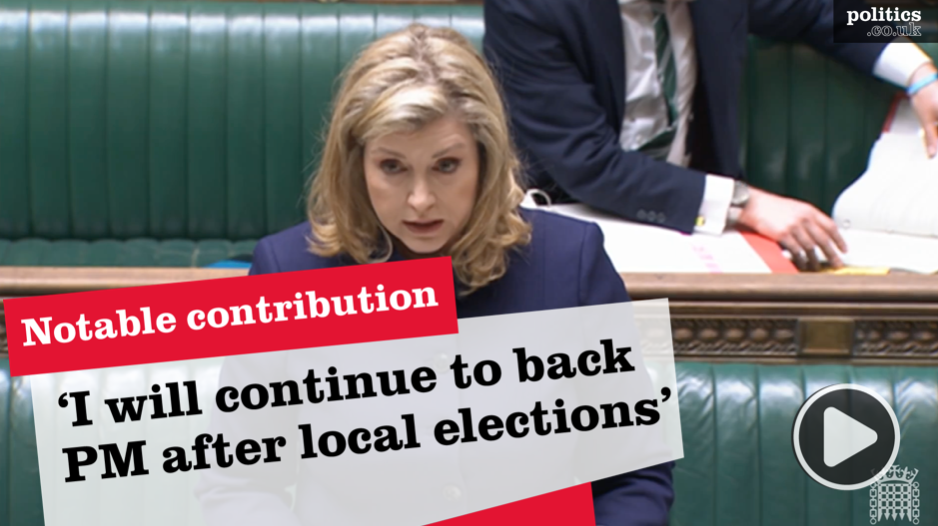Battalions lost in military shake-up
Defence Secretary Geoff Hoon has confirmed that army battalions are to be lost in the biggest shake-up of the UK’s armed forces in a generation.
Mr Hoon insisted that the changes are necessary to meet the changing needs of the military, of a “balanced force” that is “more deployable and agile.”
The changes came in for swingeing criticism from the Opposition, with Michael Ancram lambasting the shake-up as a “betrayal” of the armed forces.
Addressing MPs in the House of Commons Mr Hoon confirmed what many had anticipated, that there will be a reduction of four battalions, from 40 to 35. There will be a new Royal Regiment of Scotland, formed out of the merger of the Royal Scots and The Kings Own Scottish Borderers.


In England, there will be a new King’s Lancashire and Border Regiment, a Prince of Wales’s Division in the South of England, and the Princess of Wales’s Royal Regiment – all formed out of the merger of exiting regiments.
Although the majority of the infantry divisions will be facing changes and mergers, there will be no changes to the Guards (due to their ceremonial role), the Gurkas or the Royal Irish Regiment.
There will be a new tri-force “Rangers” regiment, of which the Parachute Regiment will form the core. This will be a unit from highly trained and equipped forces designed to provide direct report to the Special Forces.
Mr Hoon also said there would be an end to the “out of date” system of moving regiments around the country and world every two years, meaning that with the reduction of commitment in Northern Ireland there will be more battalions available for operational use.
With the army working on an individual posting system, Mr Hoon said there would be greater opportunities for career development and to balance army and family life.
He also promised that the manpower freed up by the reduction in battalions would be reinvested in key support areas, such as communications, intelligence and engineers.
The TA will remain around the same size, but will be further integrated into regular army with a ‘home’ battalion.
Mr Hoon said: “These plans will make the Army more robust and resilient, able to deploy, support and sustain the enduring expeditionary operations that are essential for a more complex and uncertain world.
“The move to larger, multi-battalion regiments that these changes bring about is the only sustainable way in which to structure the infantry for the long term.
“We must consider these changes to the infantry in the wider context of the need to rebalance the Army, and the opportunity it affords to reallocate manpower to those areas that we need to develop.
“The Army has always evolved to meet current and future challenges. I am convinced – and so is the Army – that this transformation is the right course. The future Army structure will deliver an Army fit for the challenges of the future.”
There will be around 400 redundancies, though Mr Hoon stressed that the Army would continue to recruit.
Standing in for the Shadow Defence Secretary Nicholas Sommes – who is ill – Mr Ancram described the announcement as a “dark day for our armed forces and an even darker day for the proud regiments its seeks to scrap”.
He accused the Defence Secretary of having “abdicated his historic responsibility to defend our armed forces from the ravishes of the Treasury”.
Continuing, Mr Ancram said that: “Today’s announcements are dangerous for our country” and added that there is a “serious military case for more infantry and not less”.











